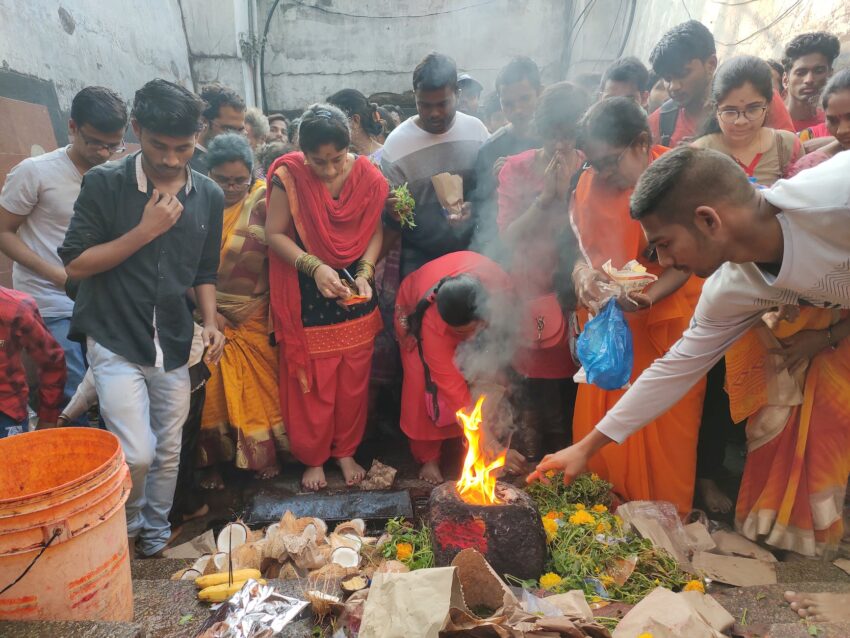When we delve into the intriguing world of psychedelics, it’s essential to understand the historical context of these substances. Humans have cultivated relationships with psychedelic plants for thousands of years, with Indigenous communities integrating psychedelics into their spiritual practices and rituals, contributing significantly to their cultural heritage.
Psychedelics, or entheogens as they’re sometimes called, have been instrumental in several indigenous rituals and spiritual practices. They’re historically native to South and Central America, where shamans used plants, like Peyote or Ayahuasca, for healing and vision-seeking rituals. The use of these entheogens, according to anthropological research, transcends geographic and ethnic boundaries and spans several millennia. Such rituals are often mediated by a spiritual guide, a nod to an ancient practice of shamanism
These substances have gone beyond spiritual and religious ceremonies, making an influential imprint on society and becoming a cornerstone of the 1960s counterculture movement. Back then, figures such as Timothy Leary and the Merry Pranksters popularized LSD, contributing to its cultural impact. Their “Turn On, Tune In, Drop Out” mantra became symbolic of the counterculture era, advocating for individual autonomy, mind expansion, and challenging societal norms.
Psychedelic substances have also left a vibrant stroke on the canvas of art and music, from the hypnotic guitar riffs of Jimi Hendrix to the surrealistic endeavors of Salvador Dali. Psychedelic music, art, and literature often depict various inner experiences, entheogenic visions, and journeys into the human psyche. This profound influence continues to inspire generations of artists.
While psychedelics fell out of favor and into illegality due to various factors, including political pressure and growing concerns about their misuse in the seventies, recent years have seen a resurgence of interest in these substances. Increasingly, modern science is investigating the therapeutic potential of psychedelics. The stigma associated with the substances is gradually eroding, opening more dialogue about the benefits of regulated use.
Psychedelics’ therapeutic potential extends to treating various mental health disorders. Current research explores psilocybin (the active ingredient in magic mushrooms) as a potential treatment for depression, anxiety, and end-of-life existential distress. Similarly, studies look at MDMA as a potential treatment for PTSD and social anxiety in autistic adults, yielding promising results.
Additionally, there’s resurgence in interest in integrating psychedelics into spiritual practices, the idea being these substances could provide a shortcut to experiences often only achieved after years of meditation or other spiritual practices. As we continue to unravel the fascinating world of psychedelics, it’s clear that these substances’ history and cultural significance have deeply intertwined with the very fabric of human civilization.
In conclusion, the journey of psychedelics has been as colorful and diverse as the visions they can induce. From their use in indigenous rituals and spiritual practices to their influence on counterculture, art, and music, and now, their exploration in contemporary medicine, they’ve undoubtedly had a substantial cultural impact. As our understanding grows and societal perceptions evolve, it is likely that we’ll continue to uncover new depths to their influence on culture and society.
As our journey through the history and cultural significance of psychedelics comes to an end, we are left with the understanding that these substances have played, and continue to play, a critical role in human civilization. In every aspect, from spiritual practices, culture, art, and even mental health therapies, their influence is undeniable and enduring.
